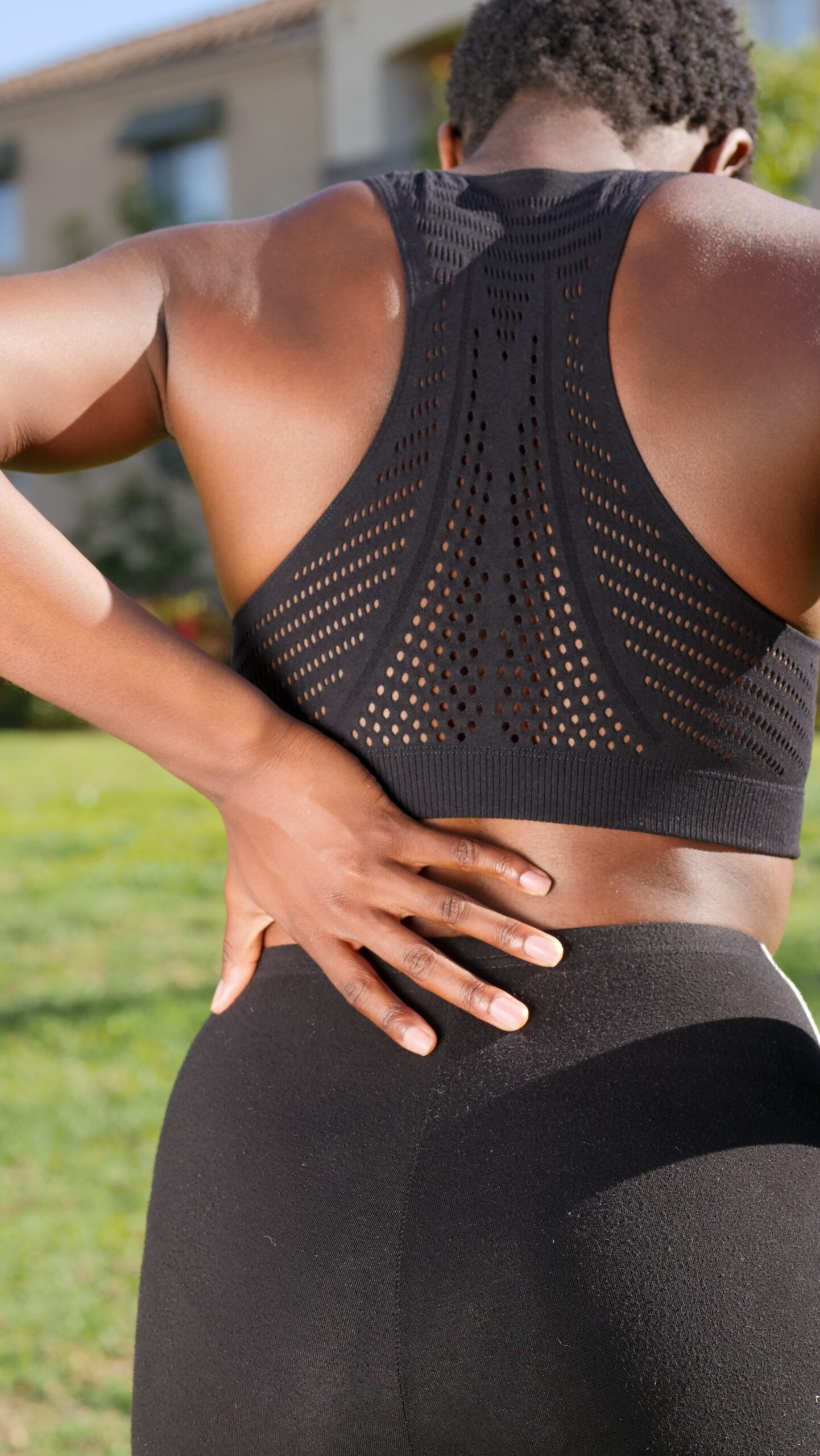Are you experiencing these symptoms?
Low Back Pain • Buttock Soreness • Feeling of a Knot • Pain While Sitting • Tightness, Burning Down to Your Feet • Gluteal pain while driving.
Most people will tell you that you have Sciatica. But, do you really? Sciatica is more commonly diagnosed than Piriformis Syndrome, but the symptoms of the two are almost identical.
Differentiating Sciatica from Piriformis Syndrome:
The sciatic nerve is thick and the longest nerve in your body. It originates in the lower spine (L4-S3) and its nerve roots exit the spinal cord to extend all the way down the back of the leg where it eventually branches off into smaller nerves that end in the toes. The term sciatica refers to irritation of the sciatic nerves, often due to compression. The nerve pain and symptoms of sciatica are numbness and tingling radiating in the buttock area, down the posterior leg and calve, and often extending down to the ankle and foot. There can be a loss of specific reflexes, weakness and difficulty walking if the motor nerves are affected as well. Causes of sciatica are: herniated disc, degenerative disc disease, stenosis (narrowing of the spinal canal), or piriformis syndrome. Several studies have suggested that 40-50% of sciatica cases may actually be a result of piriformis syndrome, not radiculopathy.
The piriformis is a small, thick, flat muscle located in the buttocks region under the gluteal muscles. It starts on the inner surface of the sacrum, passes through a short tunnel made of bone and ligaments called the greater sciatic foramen (so does the sciatic nerve), and attaches at the hip joint. This muscle is important in the lower body because it stabilizes the hip joint, and allows you to lift and rotate your thigh away from your body (external rotation). These are key movements when we are trying to walk, shift our weight from one foot to another, maintain balance and sports.
How can one muscle cause pain not only in the buttocks, lower back but all the way down the leg? The symptoms are often not coming only from the muscle, but from the compression of the sciatic nerve. The sciatic nerve runs deep beneath the piriformis muscle, and in 15-20% of people, the nerve actually runs right through the piriformis. This nerve is about 3 feet long and if its compressed, its going to hurt! Having a tight or inflamed piriformis is also going to put pressure on the sciatic nerve. This is what causes all the pain, numbness, tingling and other symptoms associated with sciatica.
Trigger points are found within a tight band of muscle or fascia that are tender to touch, prevent the muscle from fully lengthening and reduces its strength. When the piriformis is shortened and swollen by trigger points, it can cause symptoms such as tenderness and a dull ache in the buttock, lower back, pain when walking up stairs or running, and increased pain after prolonged sitting. In cases of sciatic nerve entrapment, the referred pain may extend down all the way to the calf and bottom of the foot.
You may find yourself squirming a lot and shifting positions to get comfortable, difficulty crossing one leg over the other while sitting. Another way to see if your piriformis is the problem, is when you’re lying on your back that your foot will rotate out to the side rather than being in straight alignment.
Massage is very effective when treating piriformis syndrome that results from soft tissue hypertonicity, and altered posture such as hyperlordosis. The goal of treatment for both is to decrease compression on the sciatic nerve, reduce fascial restrictions, pain, hypertonicity and trigger points to improve tissue health and circulation.
Avoid crossing your feet and allowing your knees to roll out, try to keep your knees and feet in midline. Frequent changes of positioning are encouraged. A pillow between the knees when you are sleeping on your side avoids excessive adduction of the hip which can aggravate the shortened muscle. Because piriformis syndrome usually comes as a result of misuse or overuse of the piriformis muscle, proper and consistent stretching helps in almost every case
Treatment for Sciatica will depend on the severity of the case. In some cases, physical therapy and anti-inflammatory medications are enough to keep the pain and numbness at bay. More severe cases require steroid injections or surgery.


